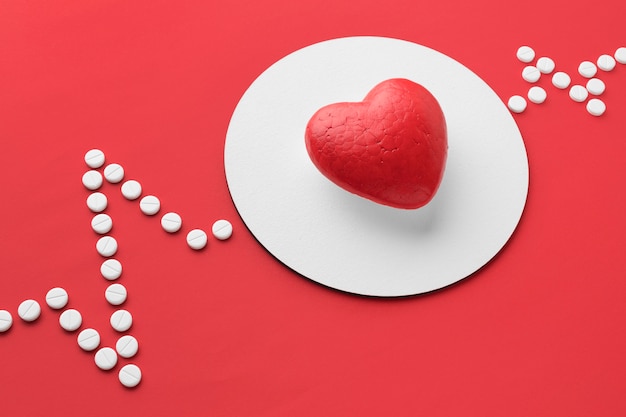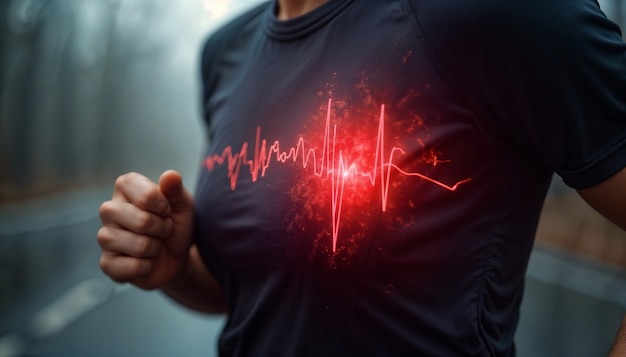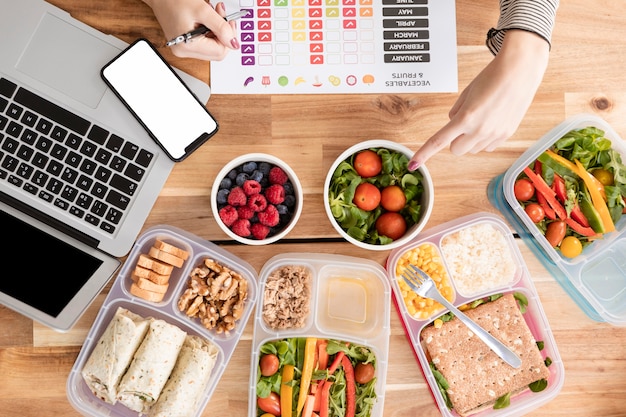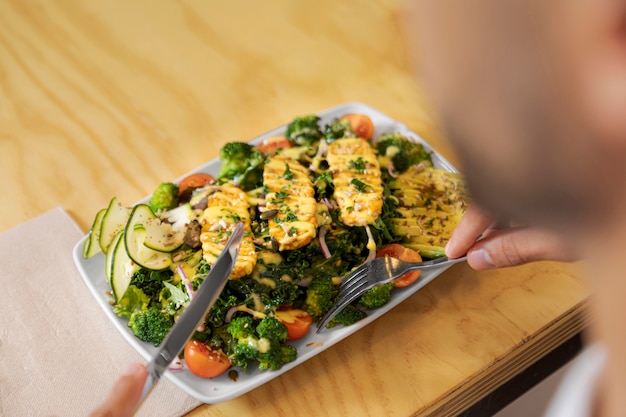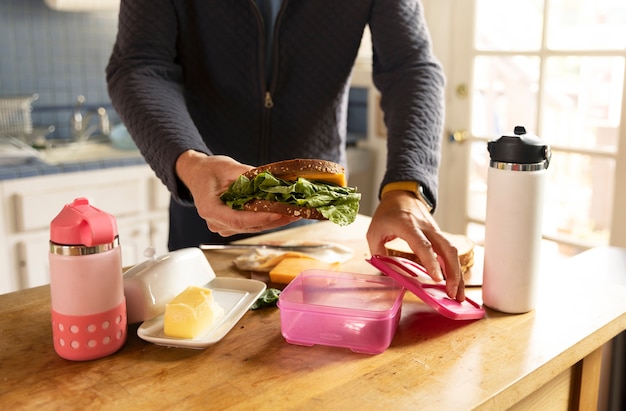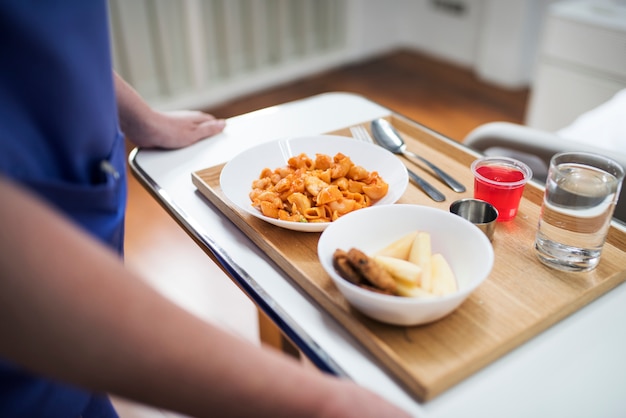Maximize Your VO₂ Max: The Ultimate Weekly Meal Prep Guide for Peak Endurance
Improving your VO₂ max—the maximum amount of oxygen your body can utilize during intense exercise—is one of the most effective ways to boost cardiovascular fitness, endurance, and overall athletic performance. While training plays a central role, nutrition is a powerful, often overlooked lever. A strategic weekly meal prep plan can fuel your workouts, accelerate recovery, and support the physiological adaptations that enhance oxygen efficiency.
This no-nonsense blueprint gives you clarity on what to eat, why it works, and how to adapt the plan to your lifestyle—without fads, gimmicks, or complicated science.
Why Nutrition Matters for VO₂ Max
VO₂ max improvements rely on optimizing mitochondrial density, capillary networks, and hemoglobin levels—all of which depend on consistent nutrient intake. While high-intensity interval training (HIIT) and endurance work are key stimuli, your body needs the right building blocks to respond effectively.
Nutrition supports VO₂ max by:
- Providing sustained energy for high-intensity sessions
- Supporting red blood cell production (iron, B12, folate)
- Reducing oxidative stress and inflammation post-exercise
- Enhancing recovery to enable consistent training
- Optimizing body composition (lower fat mass improves oxygen efficiency)
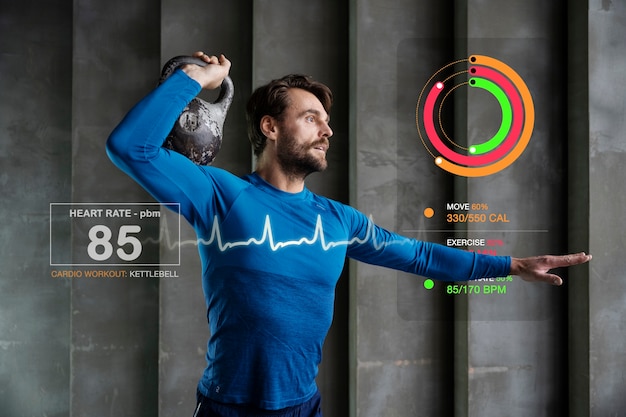
The Weekly Meal Prep Blueprint
Meal prep isn’t about eating the same thing every day—it’s about planning nutrient-dense, balanced meals that support your training goals. Here’s how to structure your week:
1. Prioritize Macronutrient Balance
Aim for a consistent daily ratio that supports endurance:
- Carbohydrates (50–60%): Your primary fuel source. Focus on complex carbs like oats, sweet potatoes, quinoa, and fruits.
- Protein (20–25%): Essential for muscle repair and red blood cell synthesis. Include lean poultry, fish, eggs, legumes, and Greek yogurt.
- Fats (20–30%): Support hormone production and reduce inflammation. Use olive oil, avocados, nuts, and fatty fish like salmon.
2. Focus on Key Micronutrients
Certain vitamins and minerals directly influence oxygen transport and utilization:
- Iron: Critical for hemoglobin. Include spinach, lentils, lean red meat, and pair with vitamin C-rich foods (bell peppers, oranges) to enhance absorption.
- Nitrate-Rich Vegetables: Beets, arugula, and celery naturally boost nitric oxide, improving blood flow and oxygen delivery.
- Antioxidants (Vitamins C & E): Combat exercise-induced oxidative stress. Berries, citrus, nuts, and seeds are excellent sources.
- B Vitamins: Involved in energy metabolism. Found in whole grains, eggs, and leafy greens.
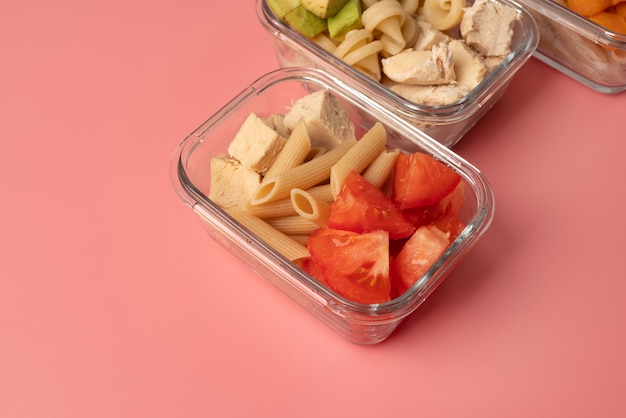
3. Sample Weekly Prep Plan
Prepare these components in bulk on Sunday:
- Grains: Cook 3 cups of quinoa and 2 cups of brown rice.
- Proteins: Grill 6 chicken breasts, hard-boil 10 eggs, cook 2 cups of lentils.
- Veggies: Roast 2 sheet pans of mixed vegetables (broccoli, bell peppers, zucchini, beets).
- Snacks: Portion out Greek yogurt, almonds, and apple slices.
Assemble daily meals by combining one portion of each category. Add fresh greens and a drizzle of olive oil before eating.
Timing Matters: When to Eat
Even the best foods won’t help if poorly timed. Follow these guidelines:
- Pre-Workout (2–3 hours before): Balanced meal with carbs and protein (e.g., oatmeal with berries and Greek yogurt).
- Pre-Workout Snack (30–60 min before): Light carb source like banana or toast with honey.
- Post-Workout (within 45 minutes): 3:1 ratio of carbs to protein (e.g., smoothie with banana, whey, and almond milk).
- Hydration: Drink water consistently. Add electrolytes during long or intense sessions.

How to Adapt This Plan
This blueprint is flexible. Adjust based on your needs:
- Vegetarian/Vegan: Replace animal protein with tofu, tempeh, legumes, and quinoa. Consider B12 and iron supplementation if needed.
- Low-Carb or Keto: While fat adaptation may benefit ultra-endurance, it can impair high-intensity VO₂ max efforts. Stick to moderate carbs if your goal is peak oxygen utilization.
- Busy Schedule: Use frozen vegetables, canned beans, and pre-cooked grains to save time without sacrificing nutrition.
- Travel: Pack nuts, protein bars, and instant oatmeal. Choose restaurants with grilled proteins and vegetable sides.
Final Thoughts
Improving VO₂ max isn’t just about pushing harder in workouts—it’s about fueling smarter every day. A well-structured weekly meal prep plan ensures you consistently deliver the nutrients your body needs to adapt, recover, and perform at its peak.
Start small: prep three core components this week. Build from there. Over time, your endurance, energy, and aerobic capacity will reflect the effort you put into your plate.







